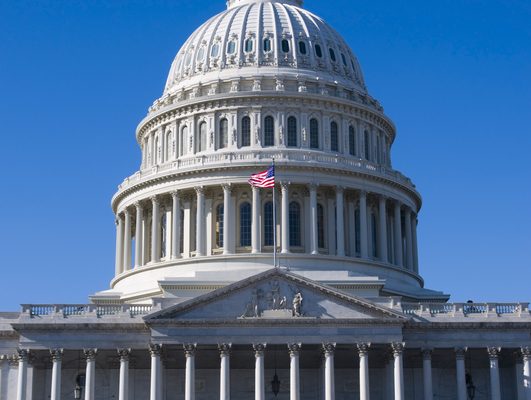A significant development has emerged from Capitol Hill that could reshape the immediate future of the nursing home industry. A House committee has put forth a proposal to delay the implementation of the federal nursing home staffing mandate for a full ten years, a move celebrated by providers but likely to draw criticism from patient advocates.
The proposition, embedded within a comprehensive budget reconciliation bill introduced late Sunday, aims to push back the more demanding aspects of the staffing rule until January 1, 2035. These elements include the requirement for 24/7 registered nurse (RN) coverage and minimum direct nursing personnel hours, which were initially slated to take effect next year.
This potential delay follows a recent victory for the sector when a federal judge dismissed key parts of the mandate last month. Now, the industry sees this congressional action as another significant step in alleviating concerns over the financial and operational burdens associated with the new regulations.
Brett Guthrie (R-KY), chairman of the House Committee on Energy and Commerce, foreshadowed this move in a Wall Street Journal column, stating that Republicans aim to “reverse … nonsensical government rules that undermine access to care, such as the one-size-fits-all Nursing Home Minimum Staffing Rule that threatens to close thousands of nursing home facilities.”
While the proposed delay offers a reprieve on staffing requirements, the same bill introduces a potential challenge regarding state provider taxes. The package seeks to halt states from enacting new or increasing existing provider taxes, a mechanism many states utilize to bolster payments to nursing homes and draw down enhanced federal matching funds. This aspect of the proposal could create budgetary pressures for both skilled care operators and the states that rely on these funds.
“This moratorium on new or increased provider taxes could have significant financial implications for nursing homes in states that heavily rely on this funding mechanism,” explains Sarah Miller, a healthcare policy analyst at the Long-Term Care Institute. “It could force some facilities to make difficult decisions about services and investments.”
The debate around the staffing mandate has been intense. Proponents argue that minimum staffing levels are crucial for ensuring quality resident care and preventing burnout among healthcare workers. However, industry groups contend that the mandate is unrealistic given the current workforce shortages and would lead to facility closures, limiting access to care, particularly in rural areas.
According to the American Health Care Association (AHCA), “nursing homes are facing the worst workforce crisis in decades,” with 99% of nursing homes reporting staffing shortages in 2023. This statistic underscores the industry’s argument that the current environment makes the immediate implementation of stringent staffing requirements exceptionally challenging.
The proposed bill now enters a complex legislative process as the House and Senate work to reconcile their funding priorities. While the ten-year delay on the staffing mandate offers a potential win for nursing home providers, the proposed limitations on provider taxes introduce a new layer of uncertainty for the industry’s financial stability. The coming months will be critical in determining the final shape of these crucial regulations and their long-term impact on skilled care facilities nationwide.


